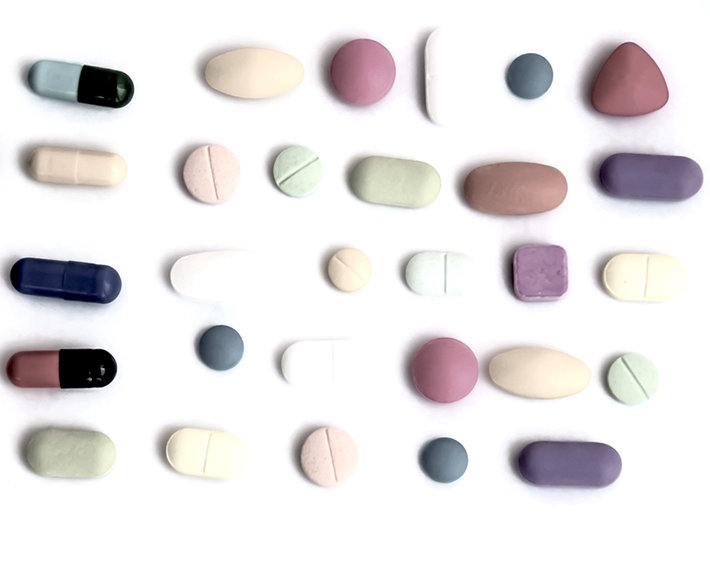Teens Abuse Prescription ADHD Drugs Too

They’re prescribed to kids and adults who supposedly have attention difficulties, but more and more teens are abusing prescription ADHD drugs. Whether they are diagnosed with attention deficit or not, kids are finding out that these drugs produce a keen high—and bring in substantial profits.
What Are They?
ADHD medication such as Ritalin and Adderall are central nervous system stimulants. Adderall contains amphetamine, which is why it is often referred to as speed. Ritalin is comparable with cocaine—the molecules look and act the same, and both increase dopamine levels in the brain by blocking reuptake in the brain. Hence, the appeal for those looking to get high.
In a 2011 national survey of high school students in both public and private schools, 2.1% reported Ritalin abuse and 4.1% reported abuse of Adderall in the past year. While this may not seem like a high percentage in comparison with marijuana use at 25%, the mind-altering properties of these drugs make these statistics terrifying.
How Prescription ADHD Drugs Abused
ADHD drugs are used recreationally and as “performance enhancement”. Those needing to meet a deadline or cram for a test will pop a few pills and find themselves mentally alert and wide awake for hours. They generally crash and sleep heavily the next day. Crushed into a powder and then snorted or injected, these potent substances are used to produce euphoria and hallucinations.
Users may become addicted after being genuinely diagnosed with ADHD and find themselves doctor shopping as they increase their dosages and frequency of use. Others, however, typically know where to get illicit ADHD medication at school or on the street.
These potent substances are the third most commonly abused illicit drug among high school seniors. They are becoming increasingly popular among younger age groups.
Prescription for Trouble
Serious side effects from abuse of ADHD medication include:
- Dangerously high blood pressure
- Breathing difficulties
- Irregular heartbeat
- Seizures
- Mood swings
- Stroke
- Confusion
- Delusions
- Paranoia
- Hallucinations
- Death
These pills are extremely habit-forming and addiction can occur much like a cocaine habit, causing one’s life to spiral out of control.
Another frightening aspect of these drugs is their psychotropic properties. They can cause severe depression and psychotic episodes, as well as suicidal and even homicidal tendencies. Stopping use can bring on withdrawal symptoms, which include nausea, vomiting, skin rashes, abdominal pain, digestive problems, nervousness, insomnia, headaches, dizziness, changes in blood pressure and heart rate, toxic psychosis, severe depression, and psychosis.
Signs of Prescription ADHD Drugs Abuse
Signs of stimulant abuse may include:
- Decreased academic performance
- Changes in friends or activities
- Trouble sleeping
- Decreased appetite
- Memory problems
- Mood swings
- Increased aggression
- Unusual behavior such as acting secretive or isolated
- Spending large amounts of unexplained money
- Weight loss
- Dry mouth
- Dry nose
- Dilated pupils
If you suspect stimulant abuse in your child or friend, do not hesitate to broach the subject and get them the help they need. If you find a friend or family member has an addiction problem, Narconon can help.
Aside from handling an addiction once it has developed, prevention is the best treatment, so speak freely with your kids about drug abuse and prepare them for the day when peer pressure leaves them with a tough choice.
Source:
http://www.philly.com/philly/blogs/healthy_kids/Teens-Abuse-Prescription-ADHD-Drugs-Too.html


 ®
®